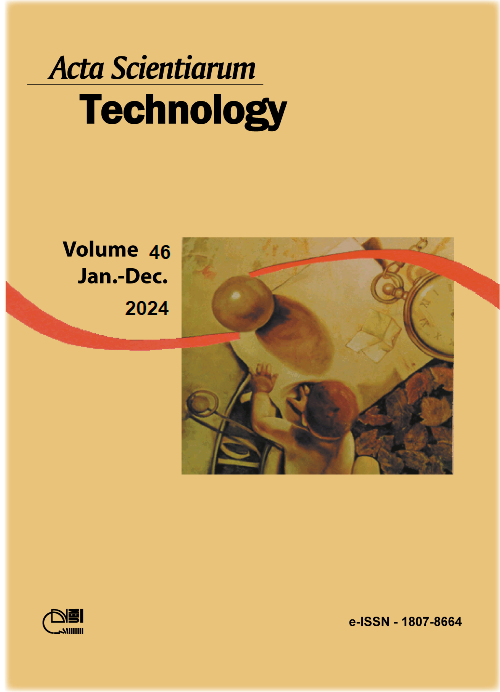Evaluation of representativeness of elasticity modulus and apparent density of D20 strength class of Brazilian standard in timber structures design
DOI:
https://doi.org/10.4025/actascitechnol.v46i1.60183Keywords:
wood; hardwood; strength classes; stiffness; apparent density.Abstract
The Brazilian code ABNT NBR 7190-1 (2022) presents different strength classes for hardwood and displays representative values for apparent density, compressive strength parallel to the grain and modulus of elasticity in parallel direction of fibers to help designers for an appropriate timber structure design. This research evaluated to check if the representative value of modulus of elasticity in parallel direction of fibers and apparent density of D20 strength class (native wood species) still represent a secure value for designers. Also, it was checked the possibility to estimate compressive strength parallel to the grain and modulus of elasticity in parallel direction of fibers as function of apparent density using regression models, aided by the analysis of variance. The results showed that the representative value of modulus of elasticity in parallel direction of fibers and apparent density for D20 is close to the obtained in the present research. The analysis of variance indicated the impossibility to estimate strength and stiffness properties as function of apparent density.
Downloads
Downloads
Published
How to Cite
Issue
Section
License
DECLARATION OF ORIGINALITY AND COPYRIGHTS
I Declare that current article is original and has not been submitted for publication, in part or in whole, to any other national or international journal.
The copyrights belong exclusively to the authors. Published content is licensed under Creative Commons Attribution 4.0 (CC BY 4.0) guidelines, which allows sharing (copy and distribution of the material in any medium or format) and adaptation (remix, transform, and build upon the material) for any purpose, even commercially, under the terms of attribution.
Read this link for further information on how to use CC BY 4.0 properly.











8.png)




